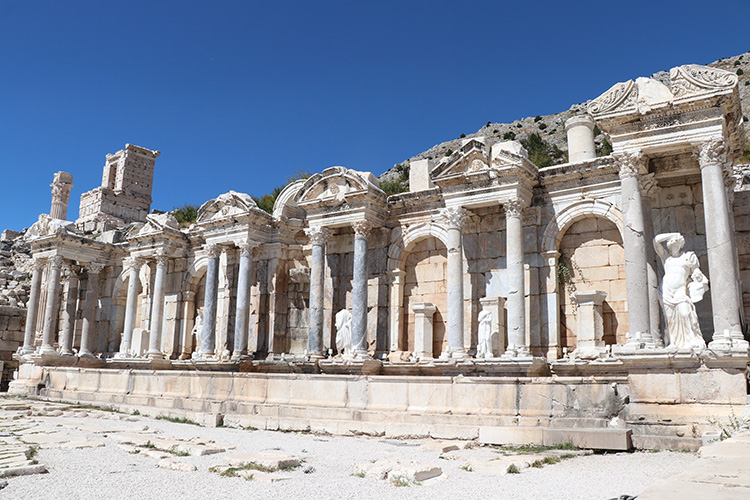
Rare Egyptian Relief Depicting God Tutu Found in Roman Bath at Sagalassos: Crafted from Afyon Marble
Archaeologists at the ancient city of Sagalassos in Türkiye’s Burdur province have identified a rare marble relief depicting the Egyptian sphinx-god Tutu, carved from Afyon (Docimian) marble and discovered inside a Roman bath complex. The finding — a striking blend of Anatolian craftsmanship and Egyptian iconography — reveals how distant cultures interacted in the artistic sphere of the Roman Mediterranean.
Egyptian Iconography in the Heart of Anatolia
The relief was first uncovered in 2004 within the northern frigidarium (cold room) of the city’s Bath-Gymnasion complex, but only recent analysis led by Prof. Dr. Peter Talloen of Bilkent University confirmed its subject: an “Egyptianizing” decorative program featuring Tutu, a sphinx-like guardian god of protection and power.
Unlike full sculptures, the images were engraved into thin marble panels using incision techniques. The choice of Afyon marble, a prized local stone, underscores that this was a regional creation inspired by Egyptian motifs, not an import. It is a remarkable case of cultural translation—Egyptian divine imagery adapted into Roman Anatolian material culture.
Symbolism of Tutu, Horus, and Sobek
In the relief, Tutu is flanked by Horus (the falcon god symbolizing kingship) and Sobek (the crocodile god representing the life-giving power of the Nile). The composition evokes royal protection and divine authority, with Tutu acting as guardian and Horus affirming legitimacy.
📣 Our WhatsApp channel is now LIVE! Stay up-to-date with the latest news and updates, just click here to follow us on WhatsApp and never miss a thing!!
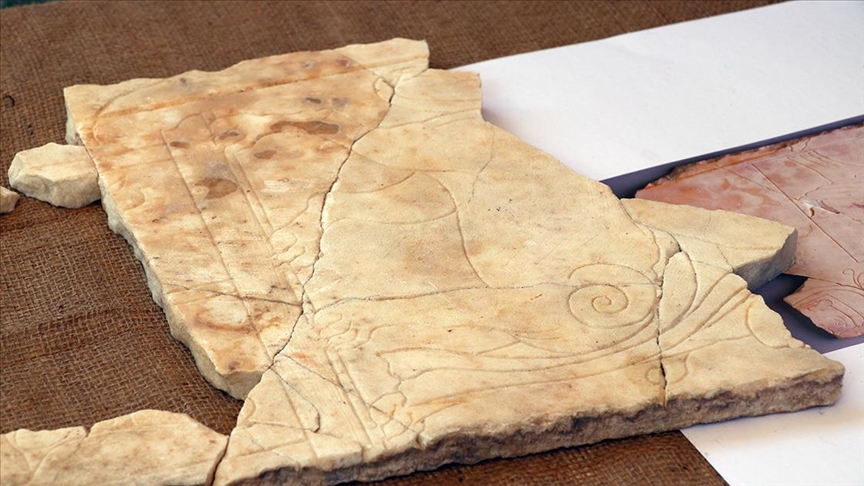
Architectural framing—such as stylized lintels, crowns of Upper and Lower Egypt, and balanced symmetry—reveals a sophisticated awareness of Egyptian royal symbolism, reinterpreted through local Roman aesthetics.
Anatolian Marble, Mediterranean Ideas
The relief’s Afyon (Docimian) marble provenance links it to quarries near Afyonkarahisar, famous since Roman times for their luminous white stone. The use of this local marble emphasizes Sagalassos’ role as both a regional production center and a hub of Mediterranean artistic circulation.
Prof. Talloen notes that Sagalassos maintained strong economic and cultural ties with Egypt — exporting ceramics, wine, and agricultural products, while importing fish species and artistic influences. The Tutu panel therefore stands as material testimony to cross-cultural exchange across the Eastern Mediterranean.
A City Frozen in Time
Located on the slopes of the Akdağ Mountains, Sagalassos has yielded continuous occupation layers spanning 12,000 years. The Roman city, buried by earthquakes and landslides, remained exceptionally preserved. Excavations, initiated in 1989 and currently directed by Bilkent University, have revealed fountains, baths, statues, and monumental architecture.
Today, Sagalassos is listed on UNESCO’s Tentative World Heritage List, reflecting its global archaeological significance.
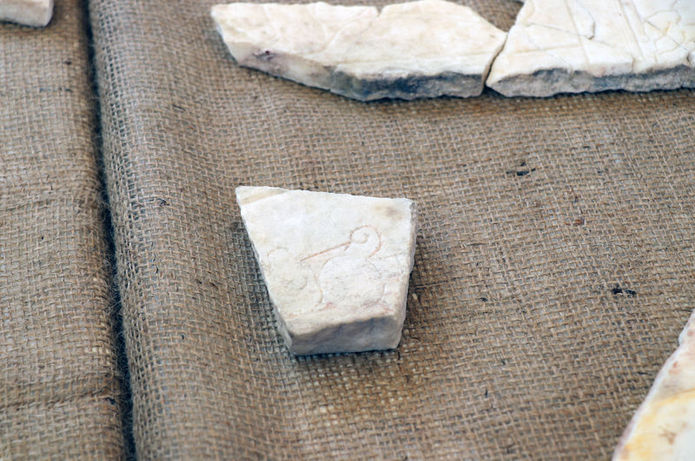
New Avenues of Research
Researchers now aim to conduct material and pigment analyses to reconstruct the relief’s original appearance. The engraved panels may once have been painted or gilded, adding to their visual power. The team will also investigate whether Egyptianizing motifs were part of a broader trend in Roman Anatolia, suggesting either religious syncretism or elite fascination with exotic imagery.
As Prof. Talloen observes, “Outside Egypt, such iconography is virtually unknown. The Sagalassos relief allows us to see how Egyptian visual language traveled — and transformed — within the Roman world.”
Conclusion
The Afyon marble relief of the god Tutu from Sagalassos unites local material, Roman context, and Egyptian meaning in one extraordinary artifact. Beyond its aesthetic appeal, it demonstrates how Anatolia functioned as a crossroads of empire, where artistic traditions intertwined to express universal themes of power, divinity, and protection.
This discovery not only enriches our knowledge of Sagalassos but also reshapes the map of Egyptian influence across the Roman East.
Cover Photo: Public Domain
You may also like
- A 1700-year-old statue of Pan unearthed during the excavations at Polyeuktos in İstanbul
- The granary was found in the ancient city of Sebaste, founded by the first Roman emperor Augustus
- Donalar Kale Kapı Rock Tomb or Donalar Rock Tomb
- Theater emerges as works continue in ancient city of Perinthos
- Urartian King Argishti’s bronze shield revealed the name of an unknown country
- The religious center of Lycia, the ancient city of Letoon
- Who were the Luwians?
- A new study brings a fresh perspective on the Anatolian origin of the Indo-European languages
- Perhaps the oldest thermal treatment center in the world, which has been in continuous use for 2000 years -Basilica Therma Roman Bath or King’s Daughter-
- The largest synagogue of the ancient world, located in the ancient city of Sardis, is being restored

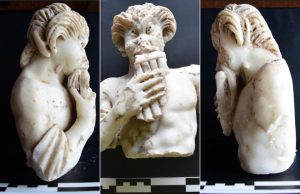
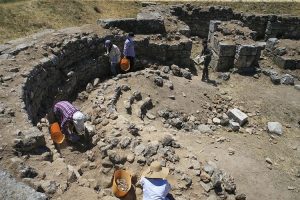
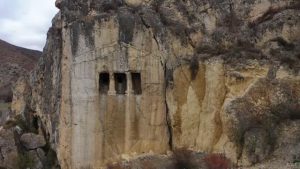
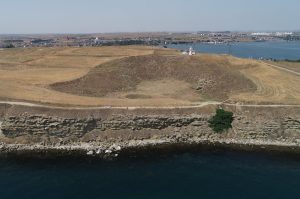
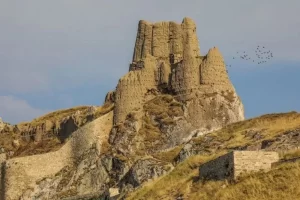
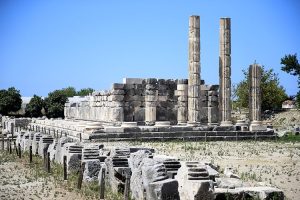
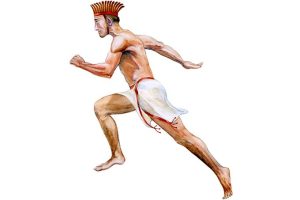

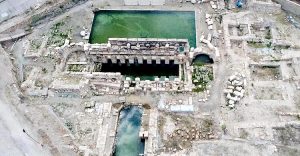
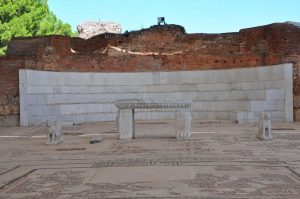
Leave a Reply